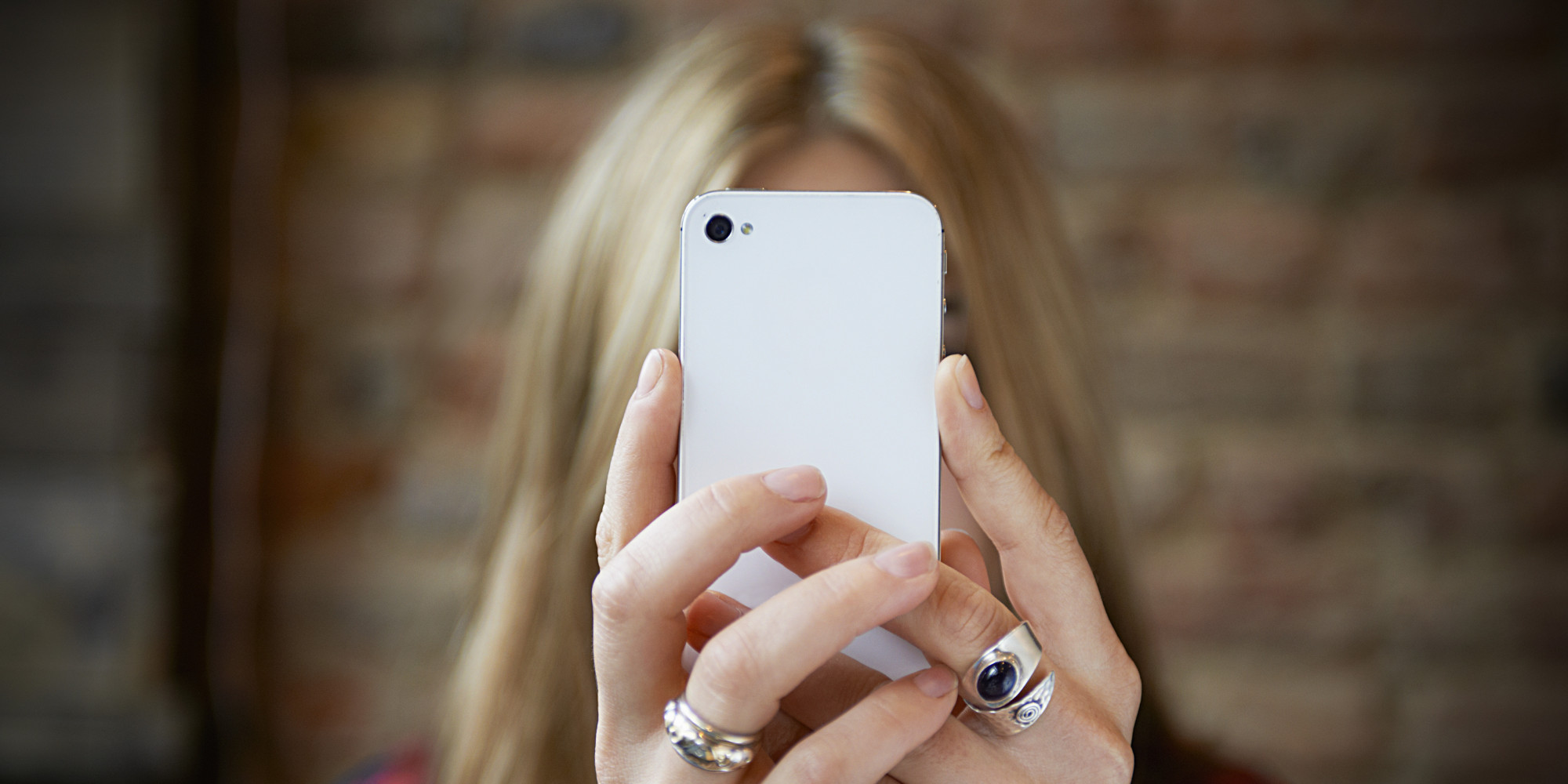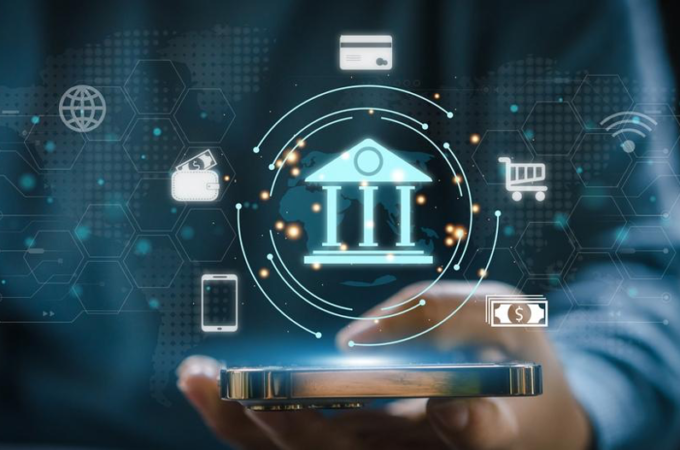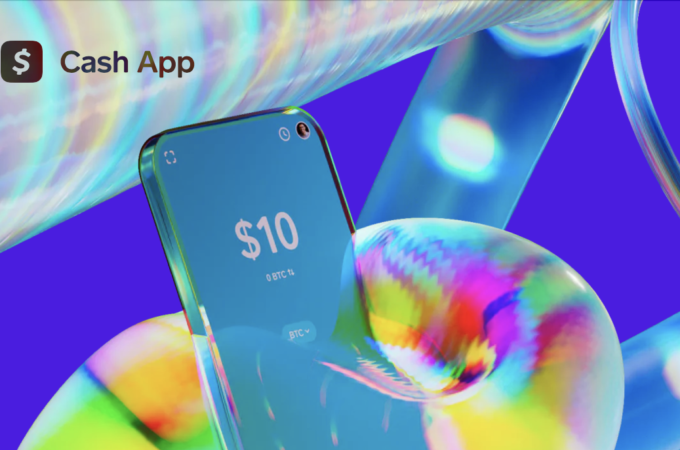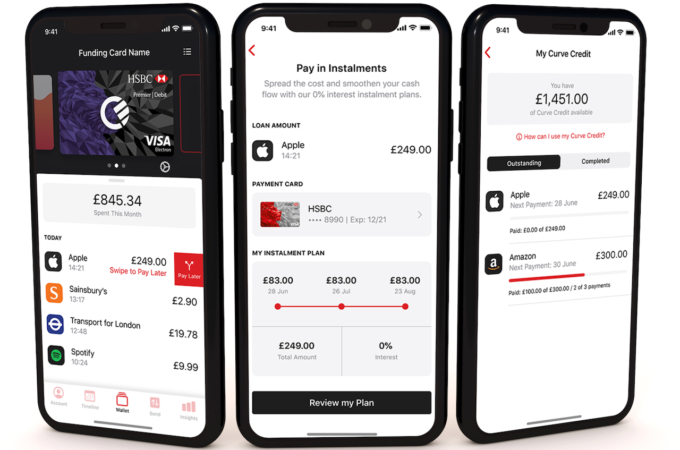
Pay-By-Selfie as an E-Commerce Catalyst
By Sofia for LTP
Biometrics (behavioral, in particular) are increasingly gaining popularity in the financial services industry worldwide. The technology is claimed to be the most convenient method as users don’t have to remember the numbers, codes or passwords. Seeking to leverage the technology, a range of banks has turned to testing biometrics on limited audiences/particular markets. It may not take long till the industry makes biometric authentication mainstream and ditches passwords once and forever.
Not all biometrics, however, are being explored and applied at the same rate and pace. Facial recognition and pay-by-selfie have recently been under the spotlight as a possible remedy for forgotten account passwords and cart abandonment in e-commerce and beyond. Given that 53% of shoppers forget their passwords at least once a week, causing them to waste more than 10 minutes resetting them, selfies are well-positioned to bring substantial benefits to online payments.
Moreover, a study performed by MasterCard in 2015 revealed that roughly one out of every three shoppers will abandon an online transaction because they could not remember a password. Mastercard reasons that simply taking a selfie for verification purposes will be an easier option, ultimately leading to much higher sales conversion rates.
Research results published in June by Lux Research suggest that a prudent mix of biometric technologies — incorporating the best security features, ease of use and cost — running on smartphones offers the best opportunity of clocking growth rates of over 200% in 2016. A combination of facial and behavioral sensors is reported to be holding the second place after palm vein in ease of use.
Not only consumer trends lead to the necessity to find a better solution for purchase confirmation and payment, thefinancial services industry has also been affected by advanced smartphone cameras as they created a demand and opportunity to use “capture” as a way to authenticate the user or fill out a form that previously required some extensive typing. As it proved to be extremely convenient and efficient, it became clear that cameras create an opportunity to lure phone-consumed groups of the population by offering to authenticate (login to the account, confirm the payment, etc.) in an enjoyable way for them—by taking a selfie, for example.
Who is moving forward with selfie-powered authentication/payments?
The fact that some of the most powerful businesses around the world are galloping to secure a spot among innovators enabling payments with some sort of selfie-based technology, speaks of the high potential of the technology.
Ant Financial, for example, the powerhouse in China’s online payments market through its Alipay service, and an affiliate of e-commerce giant Alibaba, has recently been reported to purchase a biometric security company EyeVerify to add eye print authentication to Alipay. Earlier this year, Ant Financial and EyeVerify entered into a licensing agreement in which Eyeprint ID was integrated into Ant Financial’s payment authentication platform.
Mastercard is another interesting example of with its initiative to enable secure payments with a blink of an eye. One of the world’s largest payment processor has been experimenting with facial recognition technology Selfie Pay since summer last year, enabling cardholders to play around with the app over the course of a few weeks to approve online purchases with a facial scan.
Amazon, the fourth-largest US company by market capitalization, is also looking to further smoothen up shopping experience as the company wants to patent for pay-by-selfie. The Seattle-based e-commerce giant in March wasreported to have filed a patent application for a process that would allow shoppers to make a purchase by taking a photo and/or video of themselves rather than keying in their account password.
There are also such prominent players like PayPal, Apple and more. At the end, it all comes to a smooth digital experience and frictionless shopping. The fewer obstacles users meet on their way to checking out a product, the better for businesses as their conversions will skyrocket.
First appeared at LTP





